
The Powder River Expedition of 1865 also known as the Powder River War or Powder River Invasion, was a large and far-flung military operation of the United States Army against the Lakota Sioux, Cheyenne, and Arapaho Indians in Montana Territory and Dakota Territory. Although soldiers destroyed one Arapaho village and established Fort Connor to protect gold miners on the Bozeman Trail, the expedition is considered a failure because it failed to defeat or intimidate the Indians.

Francis Walker was an English entomologist. He was born in Southgate, London, on 31 July 1809 and died at Wanstead, England on 5 October 1874. He was one of the most prolific authors in entomology, and stirred controversy during his later life as his publications resulted in a huge number of junior synonyms. However, his assiduous work on the collections of the British Museum had great significance.
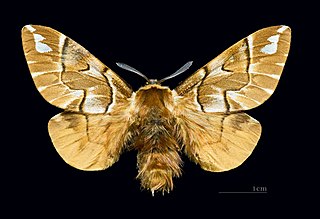
Endromidae is a family of moths. It was long considered to be a monotypic family, containing just one species, the Kentish glory, Endromis versicolora, found throughout the Palaearctic region. The family now consists of several genera and about 30 species, all former members of the family Bombycidae.

Walker's Greyhounds was the popular name for a division of the Confederate States Army under Major-General John George Walker, composed exclusively of units from Texas. It fought in the Western Theater and the Trans-Mississippi Department, gaining its nickname because the men were able to move long distances rapidly on foot.

The Thyrididae comprise the family of picture-winged leaf moths. They are the only family in the superfamily Thyridoidea, which sometimes has been included in the Pyraloidea, but this isn't supported by cladistic analysis.

The Tyrian metaltail is a species of hummingbird in the subfamily Lesbiinae, the brilliants and coquettes. It is found in Bolivia, Colombia, Ecuador, Peru, and Venezuela.
Antiotricha is a genus of moths in the subfamily Arctiinae. The genus was described by Felder in 1874.

Adolphus Warburton Moore (1841–1887) was a British civil servant and mountaineer.
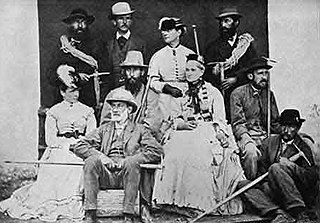
Horace Walker (1838–1908) was an English mountaineer who made many notable first ascents, including Mount Elbrus and the Grandes Jorasses.

Smerinthini is a tribe of moths of the family Sphingidae. The genus was erected by Augustus Radcliffe Grote and Herbert C. Robinson in 1865.
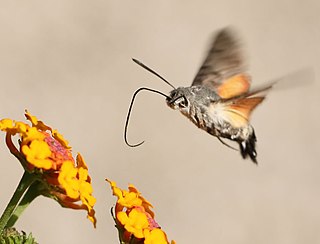
Macroglossini is a tribe of moths of the family Sphingidae described by Thaddeus William Harris in 1839.
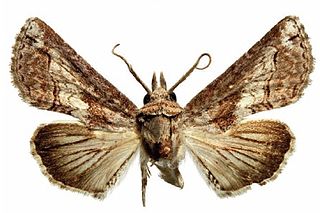
Euteliidae is a family of moths in the superfamily Noctuoidea. The family was erected by Augustus Radcliffe Grote in 1882.

Jakob Anderegg was a Swiss mountain guide and the first ascensionist of many prominent mountains in the western Alps during the golden and silver ages of alpinism. Jakob Anderegg made the first ascent of the following peaks or routes:
Antiotricha cecata is a moth of the subfamily Arctiinae. It was described by Paul Dognin in 1900. It is found in Ecuador.
Antiotricha directa is a moth of the subfamily Arctiinae. It was described by Paul Dognin in 1924. It is found in Colombia.
Antiotricha furonia is a moth of the subfamily Arctiinae. It was described by Herbert Druce in 1911. It is found in Ecuador.
Antiotricha integra is a moth of the subfamily Arctiinae. It was described by Francis Walker in 1865. It is found in Colombia.
Antiotricha pluricincta is a moth of the subfamily Arctiinae. It was described by Paul Dognin in 1918. It is found in Colombia.

The Pericopina is a subtribe of tiger moths in the family Erebidae. The subtribe was described by Francis Walker in 1869.
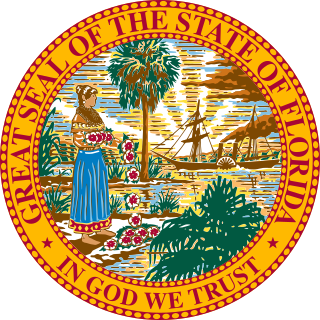
The 1865 Florida gubernatorial election was held on November 29, 1865. Democratic nominee David S. Walker ran completely unopposed and was elected unanimously.












